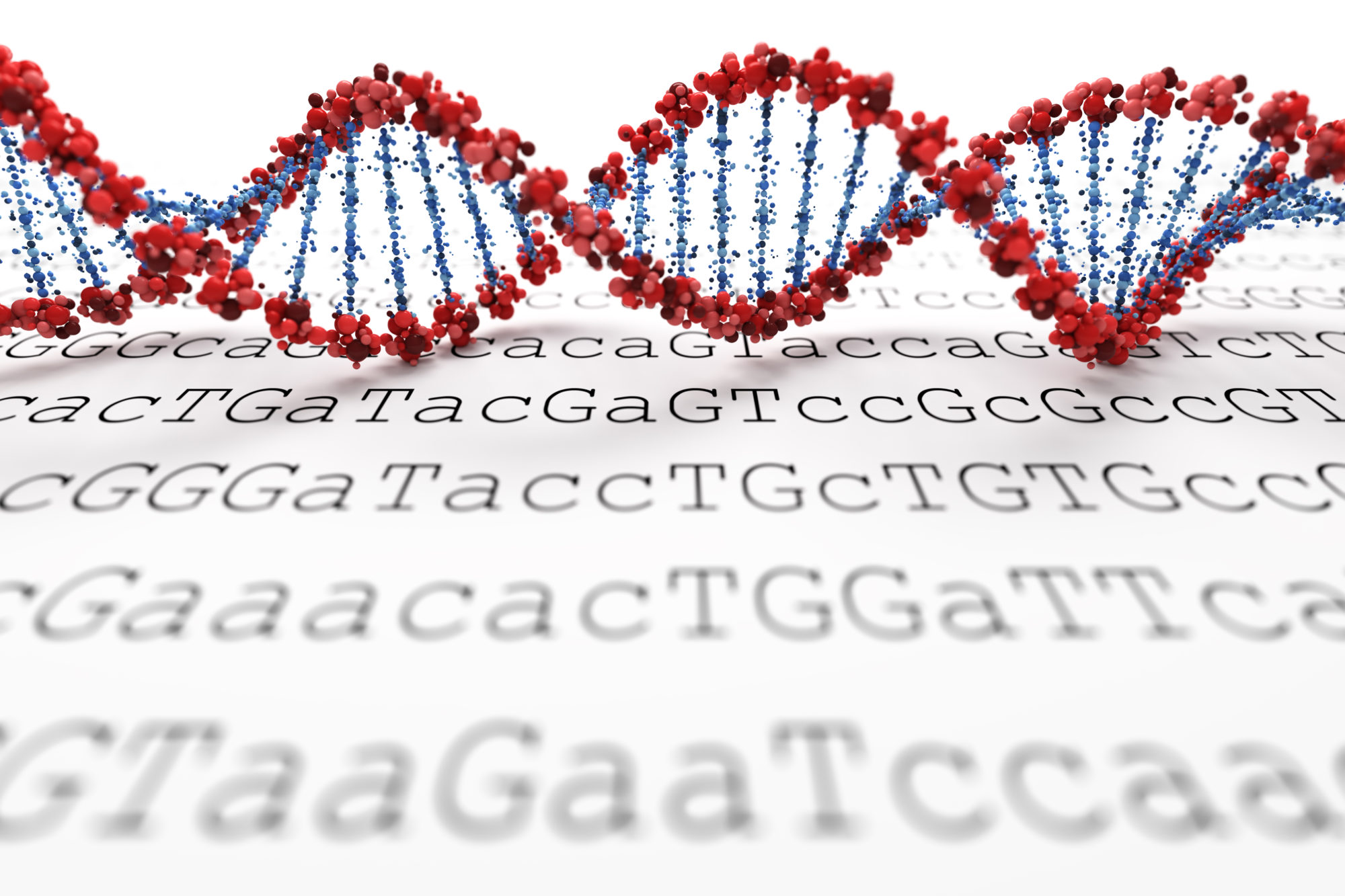Few things are more stressful than an arrest. But when it’s for drug possession, the stakes can be even higher. Fortunately — especially if it’s your first offense (or first in many years) — you may be eligible to obtain treatment and have your case dismissed.
As mentioned in a recent blog covering all currently available pretrial diversion programs, pretrial diversion programs are effective (and unique!) second chance opportunities. As opposed to the punishment-oriented Adult Criminal Justice System, the Drug Diversion Program is focused on rehabilitation. The silver lining of this approach is that going through this program may just be the first time you’ve had someone advocate for you.
If determined eligible, your defense attorney works with the court for the duration of your drug treatment and related rehabilitative and other terms (such as community service) of the program. Rooting for your wellbeing during the 12-18 months allotted for your drug treatment program (longer if requested for good cause), your successful completion means a cleared record.
Qualifying for the Drug Diversion Program can be a very complex process, and because eligibility can be quite strict (especially with a prior conviction on your record), it’s important to work with an experienced criminal defense attorney. If you have been determined ineligible for pretrial diversion even though you thought you qualified, you won’t have another chance for eligibility until a post-conviction appeal. Don’t wait — too much is at stake for your second chance to go unrealized.
While there are other options if convicted of a drug-related crime, the goal is first and foremost to keep your record clear. By keeping your record clear, you get to enjoy the opportunities afforded by a clear record for employment, housing, professional licensing, and many other life-changing things a criminal record can hinder.
WHAT IS CALIFORNIA’S DRUG DIVERSION PROGRAM & WHO IS ELIGIBLE?
Similar to the Mental Health Diversion program, the Drug Diversion Program (Penal Code 1000) is a pretrial diversion program. Instead of being immediately sentenced through a trial or plea deal after being arrested and charged with a crime, you enter a customized treatment and education diversion program for a set amount of time. If you complete all terms of the program successfully, your case is dismissed and your record remains clear.
Penal Code 1000 has a complicated history. As a result, there is a plethora of information out there that is out of date. Prior to 2018, it was strictly a deferred entry of judgment program, requiring you to plead guilty or no contest for a plea deal. But accepting a plea deal is a complex decision, and the stakes are often high, as it was in this case of a client who accepted a plea deal.
Fortunately, as it stands today, the Drug Diversion Program is a pretrial diversion program that does not require a defendant to plead guilty or no contest. The program has a duration of 12-18 months (potentially longer), at the court’s discretion. Eligibility depends on the defendant’s criminal history and nature of the offense (as well as drugs/alcohol involved).
Determining the Eligibility With the Defendant’s Criminal History
When charged with a crime involving drug possession, a clean record without prior arrests or convictions is the most helpful. In lieu of a clean record, the defendant can still qualify for the program as long as a few things are true: they don’t have a prior felony conviction within five years; the offense did not involve violence or a threat of violence; and there is no outstanding violation or conviction or one that occurred within five years for any offense involving controlled substances other than those listed below.
Nonviolent Drug-Related Charges Eligible for the Drug Diversion Program
In general, the charges must be considered non-violent and pertaining only to personal drug use. The following charges are eligible for the Drug Diversion Program assuming the defendant also meets certain other requirements.
Health and Safety Code Sections
11350: Possession of a controlled substance and related Business and Professions Code 4060 — still controlled substance possession, but for prescription medications only.
11357: Unlawful cannabis possession. Note: adults 21 and over are allowed to possess up to either 28.5 grams of dried marijuana or 8 grams of concentrated cannabis. And related Vehicle Code 23222 (b) – being in the possession of an open container of Cannabis in a motor vehicle.
11358: Cannabis cultivation for personal use.
11368: Forged prescription to obtain controlled substances.
11364: Drug paraphernalia possession.
11365: The aiding or abetting of unlawful controlled substance use.
11375(b)(2): Prescription sedatives not obtained lawfully.
11550: Under the influence of a controlled substance.
1377: Methamphetamines possession (for personal use, not for sale).
Penal Codes Sections
- 381: possessing toxic substances used for “huffing”
- 653f(d): the defendant’s soliciting of someone else to commit a crime for their own personal use of narcotics.
- 647(f): being under the influence of a controlled substance and engaging in lewd conduct.
An important fact to note is that the prosecuting attorney ultimately determines if eligibility requirements are met. Being found eligible for the program can be a complicated process, especially with a prior conviction related to drugs and/or alcohol. This further emphasizes the importance of a quality defense attorney, especially one with a deep dedication to clients and the vigilance to stay up-to-date on the latest laws. These qualities combine to make for the high quality and integrity of the criminal defense experience I have spent my career building.
But what about those charged with a DUI? Similar to AB 3234, California’s new Misdemeanor Diversion Program (covered in a recent blog), Drug Diversion Program eligibility and requirements can vary from county to county. Some counties implement their own DUI court and have county-specific requirements for eligibility, such as the defendant being required to have had multiple DUIs. For example, in Fresno County, the offense must be a third DUI arrest.
GET THE SECOND CHANCE YOU DESERVE WITH PROPER DEFENSE
Because Drug Diversion Program details can vary by county and State and Federal laws are continuously changing, a proper defense is vital to ensuring your eligibility for this program and other related diversion programs you may qualify for. The opportunity to keep or obtain a clear record can be a call away.
For a true advocate that you can trust, in a judgment-free zone, contact Proper Defense Law Corporation today. For a FREE consultation in the Fresno area, call (559) 825-3800. You can reach us at our Beverly Hills location by calling (424) 284-4066. You can also schedule an appointment online on our Contact Us page. It gets better with Proper Defense, we promise.
In addition to this information, other resources that may be available to you can be found by searches such as: drug diversion program california, tulare county drug diversion program, fresno county drug diversion program, kings county diversion program, ventura county drug diversion program, los angeles drug diversion program, drug diversion program near me, pc1000 drug diversion program, examples of diversion programs, how long is a drug diversion program, drug and alcohol diversion program, what is diversion program, examples of diversion programs, examples of pretrial diversion programs, california deferred entry of judgment, deferred entry of judgment program, dui drugs first offense, dui drugs california, and how to get a diversion for dui.








